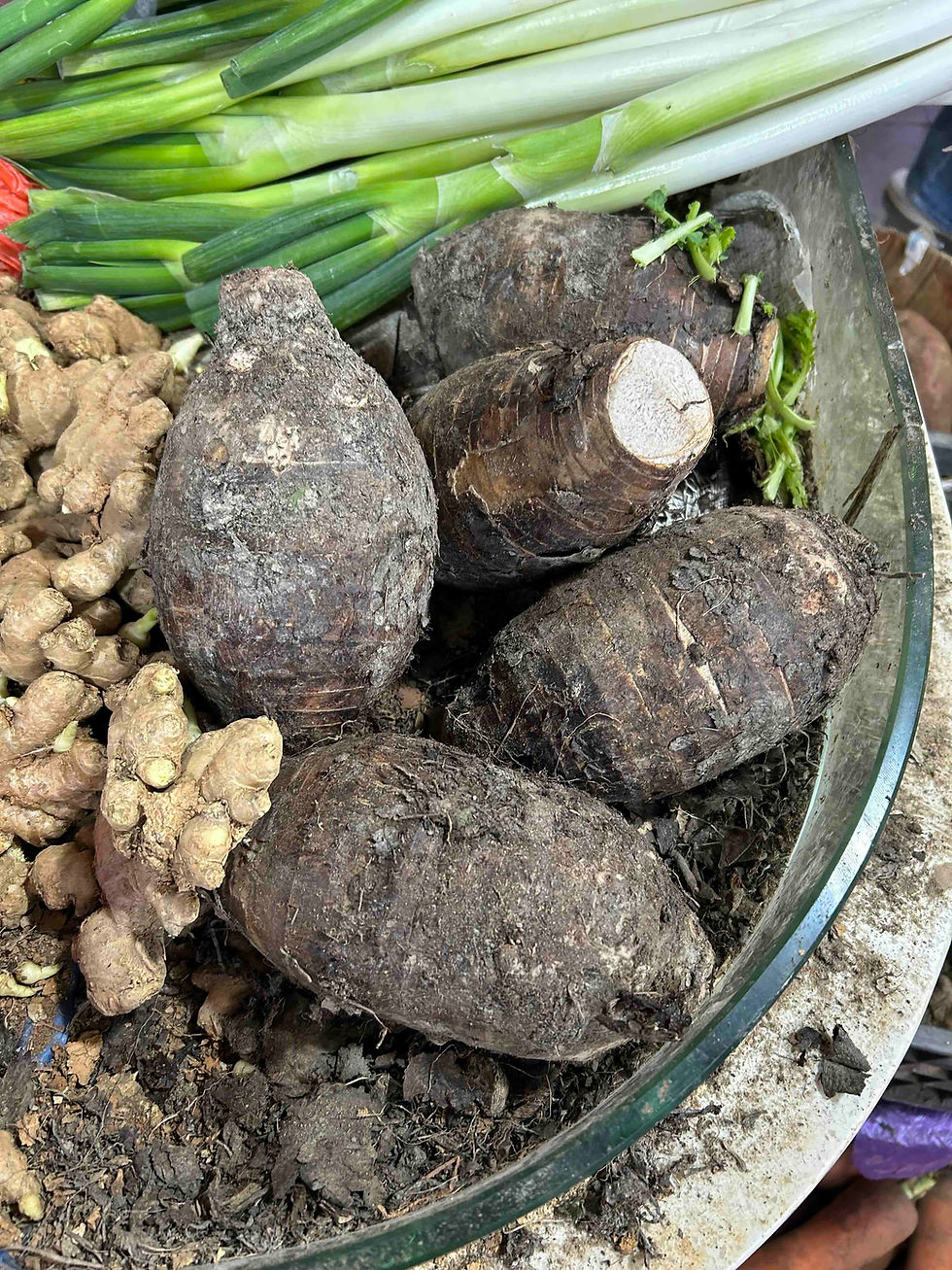貢性之《題畫蒲萄松鼠》 “Inscription on a Painting of a Squirrel and Grapes” by Gong Xingzhi (fl. 14th century)
- Rachelle

- Apr 1, 2024
- 2 min read
貢性之《題畫蒲萄松鼠》 “Inscription on a Painting of a Squirrel and Grapes” by Gong Xingzhi (fl. 14th century) [1]
獧似彌猴㨗似猱, Nimble as a macaque, agile as a gibbon,
栗梢走過又松梢。 Off [it] scurries from a chestnut twig, and then onto a pine.
紫萄若使知滋味, Had [it] known the taste of purple grapes,
一日能來一百遭。[2] A hundred times a day [it] would come.
* From Gong Xingzhi 貢性之 (fl. 14th century), Nanhu ji 南湖集, Wenyuange Siku Quanshu 文淵閣四庫全書 (Shanghai: Shanghai guji chubanshe, 1987) edition, vol. 1164, 2.15b-16a:
[1] The squirrel among vines is a common theme in Chinese visual arts and a symbol of fertility and abundance. This poem is one of the earliest known sources that testify to its appearance on a painting (now lost) in the late Yuan dynasty (1271-1368). The squirrel is not exactly noted for its ability to produce numerous offspring, but the Chinese term songshu 松鼠 reads ‘pine-mouse’ and associates it directly with the mouse, which is noted for fertility. On the origin and symbolic significance of this motif, see Hu Luwen 胡櫨文, ‘Songshu putao de jixiang hanyi ji qi qiyuan” 「松鼠葡萄」的吉祥涵義及其起源, Gugong wenwu yuekan 故宮文物月刊 442 (2020), 4-9.
[2] Red characters rhyme.

An example of the "squirrel and vines" motif; album leaf by Wang Ziyuan 王子元 (Qing dynasty)
Image credit: National Palace Museum, Taipei
Copyright Declaration*:
The texts and images used on the website of Rachelle's Lab are either from the public domain (e.g. Wikipedia), databases with open data licenses (e.g. Shuhua diancang ziliao jiansuo xitong 書畫典藏資料檢索系統, National Palace Museum, Taipei), online libraries that permit reasonable use (e.g. ctext.org), or original work created for this website.
Although fair use of the website for private non-profit purposes is permitted, please note that the website of Rachelle's Lab and its content (including but not limited to translations, blog posts, images, videos, etc.) are protected under international copyright law. If you want to republish, distribute, or make derivative work based on the website content, please contact me, the copyright owner, to get written permission first and make sure to link to the corresponding page when you use it.
版權聲明:
本站所使用的圖片,皆出自公有領域(如維基)、開放數據庫(如臺北故宮博物院書畫典藏資料檢索系統)、允許合理引用的在線圖書館(如中國哲學電子化計劃)及本人創作。本站允許對網站內容進行個人的、非營利性質的合理使用。但請注意,本站及其內容(包括但不限於翻譯、博文、圖像、視頻等)受國際版權法保護。如需基於博客內容進行出版、傳播、製作衍生作品等,請務必先徵求作者(本人)書面許可,并在使用時附上本站鏈接,註明出處。
*Read more about copyright and permission here.



![朴允默《撲棗》“Knocking jujubes off [the tree]” by Bak Yunmuk (1771-1849)](https://static.wixstatic.com/media/044059_f67f03d1a0e14d8fa06883d9e0624002~mv2.jpg/v1/fill/w_980,h_735,al_c,q_85,usm_0.66_1.00_0.01,enc_avif,quality_auto/044059_f67f03d1a0e14d8fa06883d9e0624002~mv2.jpg)
Comments